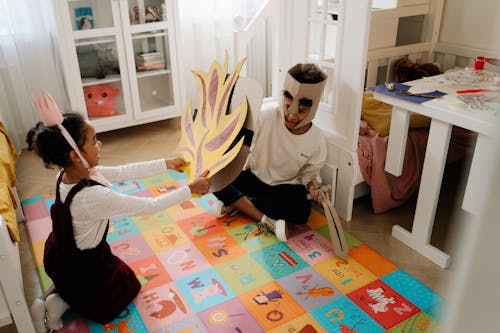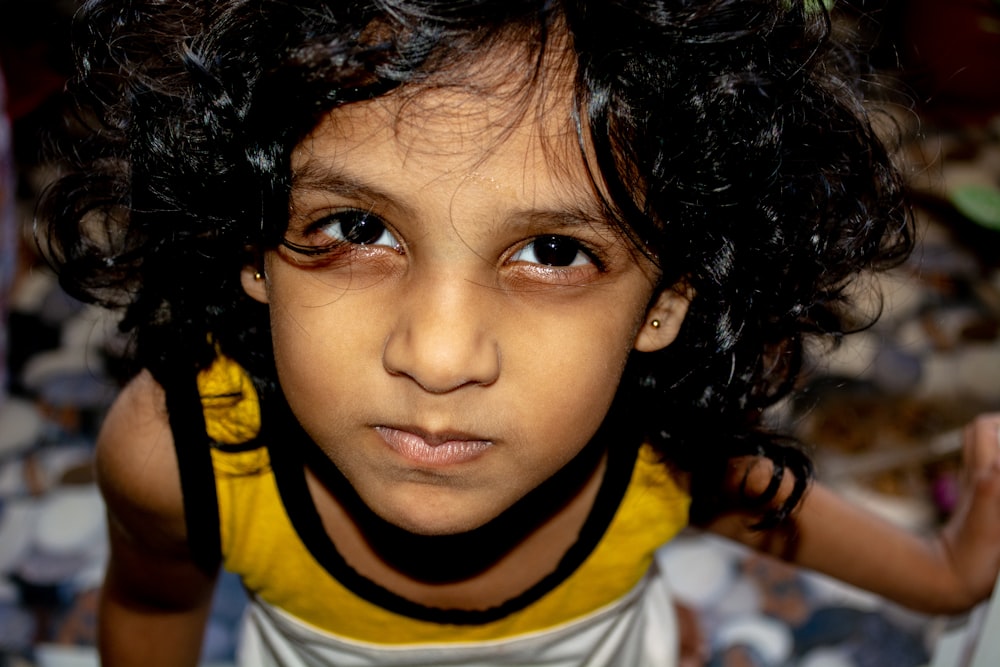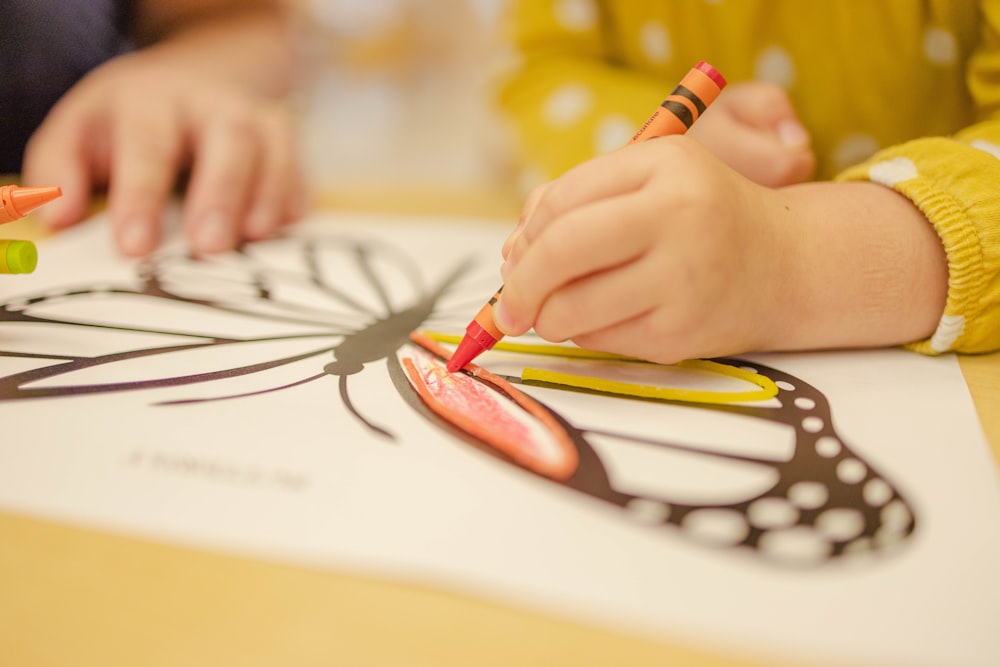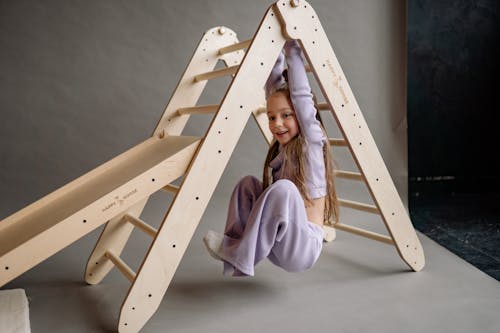You’ve probably heard of the terrible twos and teenagers. But do you know what it’s like to live with a four-year-old? Four-year-old kids are fascinating beings. They’re on the cusp of big kid school and independence, but they’re also still very much your baby. If you’re about to embark into Pre-K and all things four, here are some of our favorite, fascinating facts about four-year-olds.
1. They’re developing a sense of humor
Preschoolers are developing a sense of humor and tend to find A LOT of things funny. The more implausible and against the norm, the funnier it will be to a four-year-old. At this age, they may begin to understand the concept of a joke but not how to make it. So be prepared for them to tell you “jokes” that make no sense to you!
If your four-year-old enjoys listening to and telling jokes, get them an age-appropriate joke book. Learning to tell jokes helps children process the nuances of language.
2. They love make-believe
Four-year-olds are starting to discriminate between what is imaginary and real, yet they still love the world of make-believe. Santa Claus at the mall, Mickey Mouse in the costume at Disney, witches, ghosts, and the tooth fairy are all still very real to your child. They may even have imaginary friends or talk to themselves while playing solo. All of this is developmentally appropriate!
Don’t be in a rush to quash your child’s world of make-believe when it comes to magic, fairies, and unicorns. However, if they fear monsters under the bed or other ghouls that go bump in the night, emphasize that those things aren’t real. Encourage a healthy sense of make-believe by giving them dress-up props and costumes and playing make-believe with them.
3. Between four and five, their vocab doubles
Be prepared if you thought your little one already had a language explosion. Your child’s vocabulary will jump from roughly 2,500 words to 5,000 words between the ages of four and five. You can encourage this development by using new words when speaking and reading to them. Don’t worry if your child doesn’t know what a word means; that’s how they learn!
Hearing new words in context provides clues as to what the word means. They may ask you what a word means or try to figure it out themselves. You’ll also hear your four-year-old try out new words in different situations as they attempt to figure out how it works best!
4. Some aggression is normal
Four-year-olds are still very much developing socially and emotionally. Therefore, occasional aggression, angry outbursts, and tantrums are considered normal. A four-year-old should not be biting, but the occasional hit, kick, push, or throwing of a toy may happen. When aggression or tantrums occur, keep your cool and set an example for them on handling strong emotions.
On the spot, tell them that hitting, kicking, etc., is NOT OK, but feeling angry or upset is entirely normal! Talk about how their actions make others feel and what they could do differently when angry. If your child exhibits consistent and frequent aggression, you should speak with their pediatrician about possible causes or developmental reasons.
5. If they’re not 100% potty-trained, it’s OK
I can’t emphasize this one enough. The typical child will be potty-trained between 2 1/2 and 3 1/2, but not every child will hit that milestone. If your four-year-old or even five-year-old has the occasional accident, don’t panic. Some kids take longer to recognize the cues and don’t make it to the potty on time. Additionally, nighttime bed wetting is normal for some kids up to seven or eight years old. To reduce nighttime accidents, have them use the bathroom right before bed, use a waterproof mattress pad, and let them wear pull-ups if they make them feel more confident!
NEVER shame or punish your child for having an accident. If your child is prone to accidents, have them use the bathroom more frequently. You should also talk to their preschool teacher about extra bathroom trips. You can use discreet devices like a watch they wear with a reminder that goes off when it is time to try so they don’t feel embarrassed in front of their peers. However, having taught preschool for fifteen years, I guarantee plenty of four and five-year-olds have the occasional accident!
6. They understand empathy
One of my favorite facts about four-year-olds is that they are starting to understand empathy. Understanding empathy is a substantial social-emotional milestone but one that should be fostered. Use books to teach children about empathy in different social situations. Make discussions of feelings a regular occurrence. Letting your child know how their actions affect others is OK. For example, if you asked your child to get ready for bed and pick out a story and they decided to play with their toys, you could say, “I’m disappointed you didn’t get ready for bed as I asked. Now we have less time to read.”
Your child will begin to notice when others are sad, angry, or anxious, so use those opportunities to discuss what they could do to help someone when needed. Finding ways to volunteer or having your child select a few toys or clothes to donate is an excellent way to foster empathy for others. Another tip for teaching empathy is to give your four-year-old chores that benefit the family. For example, they could help set the table for dinner, empty smaller trash cans, or learn how to feed the dog.
7. On average, they’ll ask 437 questions daily
Yes. You read that correctly. The average four-year-old will ask 437 questions a day. Their brains are learning rapid fire and taking in the world surrounding them, so everything seems big, new, and interesting. Also, four-year-olds have little control over their daily lives, so asking questions helps anchor them to their day. They want to know what is happening, why, and when.
As exhausting as it can be, do your best to answer
our child’s questions. If you don’t know the answer to something, tell them that and let them know you’ll get back to them. If it is easy to look up, take a moment to hop on the computer or phone together to find the answer.
8. They’ll start to favor their right or left-hand
Before preschool, children are ambidextrous, using both sides of their bodies equally. As they approach their fourth birthday, they may begin to favor their right or left hand when righting. Some children may draw left-handed but still kick a ball or throw right-handed. Let your child go with what feels natural to them; you should not force them to use a specific hand or foot.
If your child consistently demonstrates a tendency towards left-handedness, ensure they have the proper scissors and tools to be successful in learning and play. There are left-handed mice for computers, left-handed baseball gloves, guitars, and toy golf clubs to make your little one learn with ease!
9. They’ll begin to form friendships
Young children tend to play with everyone, and that’s great! But learning what friendship means and how to form friendships is an essential social and emotional step. Your child may already have a few peers at preschool that they gravitate towards and play with most often. But now, actual friendships based on shared likes and dislikes will begin to form.
Foster your child’s friendships by asking questions about their friends and taking an interest in who they play with daily. It is also vital to foster kindness and to treat everyone with respect. Your child doesn’t have to be friends with everyone, but they should learn to be kind and respectful. If your child seems to talk about a particular friend often, consider hosting a play to encourage their friendship.
10. They start to understand the concept of time
If you listen to a toddler speak, everything is yesterday or tomorrow. The concept of time is incredibly vague to young children. However, around the age of four, children will begin to understand the passage of time. The average four-year-old can relay their daily routine. They understand day versus night and are beginning to understand what weeks, days, and months mean.
You can help your little one with the concept of time by playing with our interactive calendar. Your kids can click on different blocks, learn the date, and you can help them add notes to special days like birthdays and vacations!
Many preschools teach the days of the week and months through catchy songs, which are all good. But children need to interact with time to understand it. Visual schedules with pictures and times associated help kids learn time. Another great way to learn the concept of time is to give your kid a blank calendar they can draw on and play with. Use timers to help them with chores, cleaning, or getting dressed, and put a clock in their bedroom.
11. They can do a somersault
Four-year-olds are incredibly flexible and active! Around the age of four, your child will be able to somersault, hop on one foot, balance on one leg, gallop, skip, walk backward without falling over, and so much more! Engage their active energy by ensuring they have at least sixty minutes of gross motor play daily.
Yoga is an excellent four-year-old physical activity and perfect for indoor rainy days. Dance parties and indoor obstacle courses are another great option if your outdoor space is limited or the weather prevents you from getting outside. Consider enrolling your child in a dance class or group sport that will teach them the basics of athleticism and sportsmanship while giving them much-needed exercise!
12. They’ll begin recognizing sight words
Your four-year-old probably won’t be reading yet, nor is it developmentally expected they will. However, they may begin to recognize some sight words, mainly names and familiar places or signs like stop signs or, in the kid’s case, the Target sign! If your child shows a strong interest in reading and books, you can label items around the house using a Sharpie and index cards.
By the time your child is five, they should be able to recognize their full name, write their first name (with maybe a backward letter or two), and name most, if not all, their ABCs, both upper and lower. However, when entering kindergarten, don’t panic if they still get a few wrong, like their lowercase “b” s and “d”s. They’ll get plenty of practice once they start school!
Want to know what comes next? Check out Five Facts About Five-Year-Olds!
July 30, 2023, by L. Elizabeth Forry




















